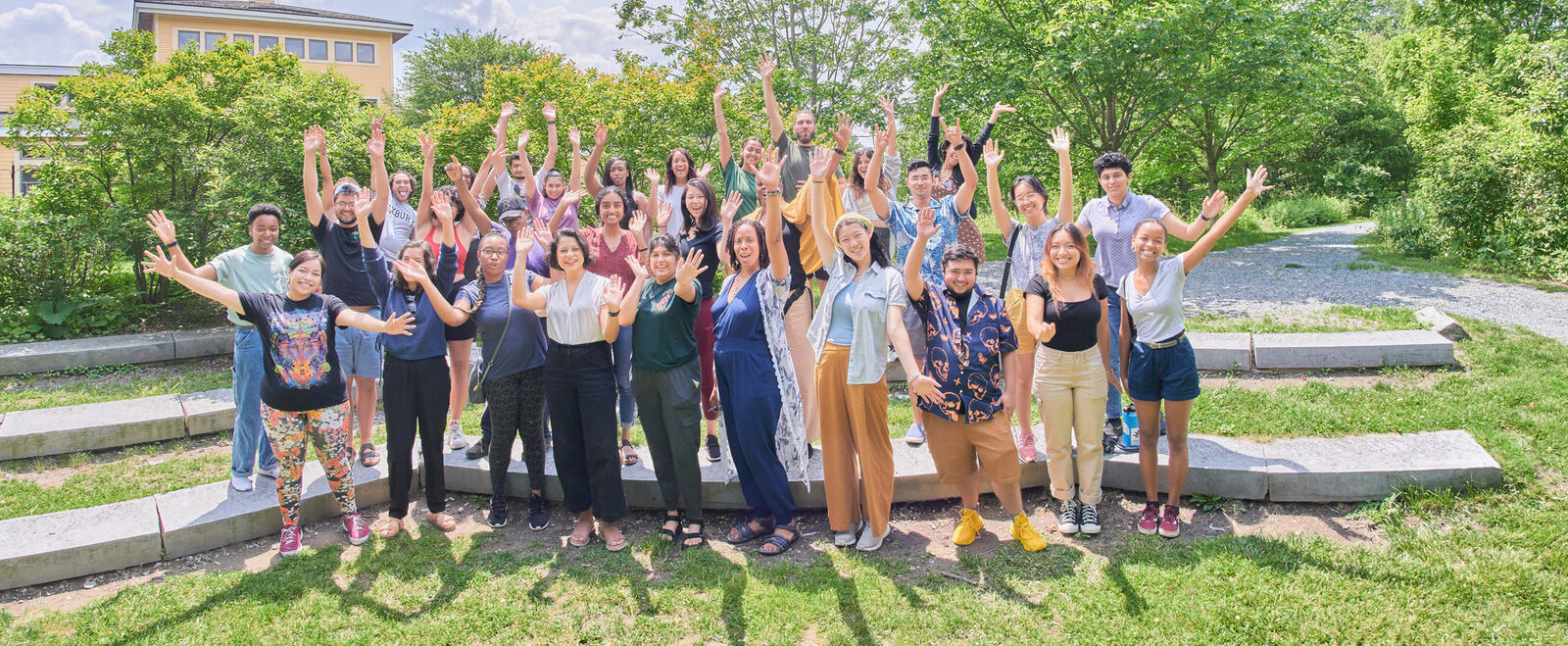Our best effort thus far has been to express it this way in our Climate strategy: “We also seek to support approaches that ensure no group of residents is unfairly burdened by the costs of action, or excluded from the benefits to pocketbook, health, or quality of life that flow from new energy efficiency and clean energy jobs, more efficient buildings, and a highly efficient transportation network.”
To shed some light and to guide us into a deeper conversation on this topic, in January I invited dr. john a powell to speak with Barr grantees, staff, and other Boston colleagues. dr. powell holds the Robert D. Haas Chancellor’s Chair in Equity and Inclusion at Berkeley School of Law and is the author most recently of Racing to Justice, a collection of essays.
What resulted was a fascinating conversation and a challenge to all of us to move beyond thinking about racism as an issue of individual bias or bigotry and instead to see what the challenges really are—the structures and systems that create outcomes with clear racial patterns.
Just as I sat down to begin writing some reflections from the day something better happened—an email landed in my inbox from Beth Tener, a consultant who has worked with us and several of our grantees. It included a link to her new entry on the New Directions Collaborative blog. I found it to be a terrific synthesis.
Here’s Beth’s take on the challenge:
“We all live within structures that provide opportunities e.g. the opportunity to access education, health care, food, transportation, communications, etc. These structures unevenly distribute benefits and burdens to different groups. Seen another way, individuals are situated in the systems differently. For example, an African American youth in Roxbury MA is geographically segregated from educational and job opportunities compared to a wealthier white youth that lives close to downtown and public transportation. In another example, a report by the Dukakis Center found that in Boston black commuters spend an extra 66 hours a year waiting, riding, and transferring than white bus riders.”
And here’s how she captured powell’s idea for what we can do about the challenge:
powell advocates an approach of “targeted universalism” – create a universal goal, then recognize how groups are situated differently within structures related to the goal, and develop targeted programs or approaches based on these situations.
For one example of the difference between universal and targeted solutions, see “Talking ELL’s in BPS”. This is based on remarks by Pat Brandes at the 2011 Center for Effective Philanthropy conference. She describes what it took, and what difference it made, when the Boston Public Schools—under a universal goal of improving achievement for all students—took a targeted approach to a specific group of students, in this case, English Language Learners.
And one resource…
In 2007, Barr invited a team from the Applied Research Center and the Philanthropic Initiative for Racial Equity to take a close look at our work, and to help us understand 1) the degree to which our efforts generated outcomes that were racially just; and 2) opportunities to improve. The executive summary and final presentation are available. Both open with a helpful primer on the history of how we got the structures and systems in this country that now generate outcomes that consistently differ by race.



